1 . Details of Hajj Hajj is not just a physical journey but a deep spiritual experience and one of the five pillars of Islam. It is obligatory for Muslims to perform Hajj once in their lifetime, provided they have the means to undertake it. The act of Hajj offers Muslims the opportunity to improve their lives in seeking the pleasure of Allah. The purpose of Hajj is not only to strengthen spirituality but also to provide a message of equality and brotherhood in Islam, as it gathers Muslims from all parts of the world in one place.
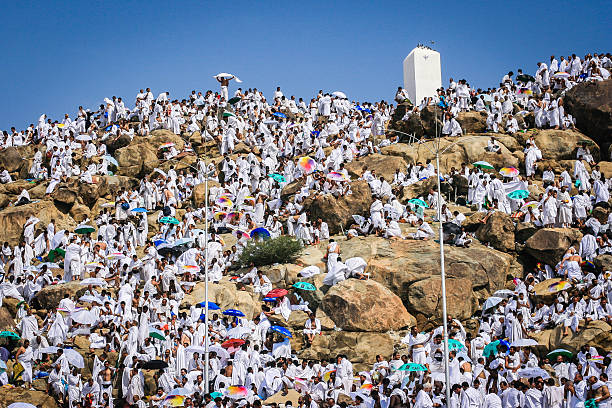
This guide aims to help you understand the important rituals of Hajj, their significance, and the spiritual benefits they offer, so that you can perform Hajj in the best possible way.
- Ihram: The First Step of the Sacred Journey
Before starting the journey of Hajj, pilgrims enter a state of spiritual readiness by wearing Ihram. Wearing Ihram is not just a physical garment but a process of spiritual purification and submission to Allah. Men wear two white sheets of cloth, and women wear simple clothes that cover their entire body, except for the face and hands.
Ihram begins from the Miqat, which are designated places around Makkah. Upon arriving at the Miqat, pilgrims make their intention and recite the Talbiyah: “Labbayk Allahumma Labbayk” (“Here I am, O Allah, here I am”).
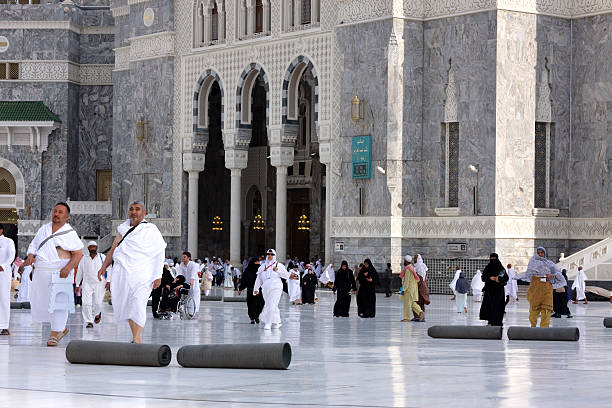
The Ihram garment symbolizes equality among all pilgrims, as it eliminates social, economic, and class distinctions. It serves as a reminder that all people stand equal before Allah, and worldly pride and wealth hold no value.
- Tawaf al-Qudum: The First Tawaf Around the Ka’bah
After reaching Makkah, pilgrims perform the Tawaf al-Qudum. This Tawaf involves walking around the Ka’bah seven times. The Ka’bah, located in Makkah, is the holiest site in Islam, and performing Tawaf around it is a way to strengthen the relationship with Allah.
During Tawaf, pilgrims offer prayers and supplications, expressing their love for Allah and their desire to align their lives with His commands. This act of devotion symbolizes the pilgrim’s willingness to follow the guidance of Allah.
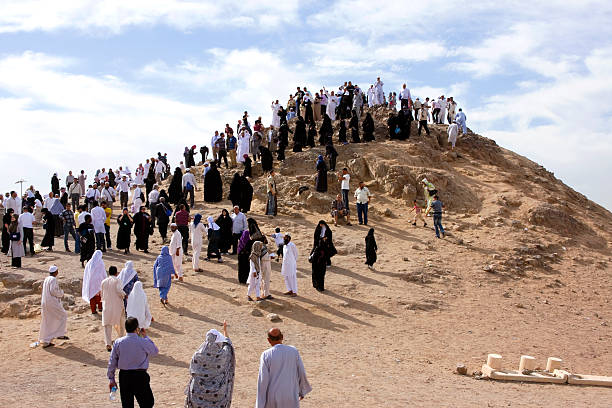
- Sa’i: Walking Between Safa and Marwah
Sa’i teaches us the importance of perseverance, determination, and trust in Allah, especially during difficult times. It signifies the pilgrim’s commitment to seeking Allah’s mercy and blessings.
After Tawaf, pilgrims perform Sa’i, which involves walking seven times between the hills of Safa and Marwah. This act commemorates the struggle of Hagar (Hajar), the wife of Prophet Ibrahim (Abraham), who ran between these hills in search of water for her son, Isma’il.
- Wuquf Arafat: The Most Important Day of Hajj
The most significant day of Hajj is the Day of Arafat, which takes place on the 9th of Dhu al-Hijjah. On this day, pilgrims stand in the plain of Arafat, offering prayers and seeking forgiveness from Allah.
The Prophet Muhammad (PBUH) said, “Hajj is Arafat,” highlighting the importance of this day. On this day, pilgrims pray for forgiveness, ask for Allah’s mercy, and pray for paradise.
The time spent in Arafat is spiritually significant and marks the moment of inner reflection and repentance. The night is spent in Muzdalifah, where pilgrims collect pebbles for the ritual of Rami.
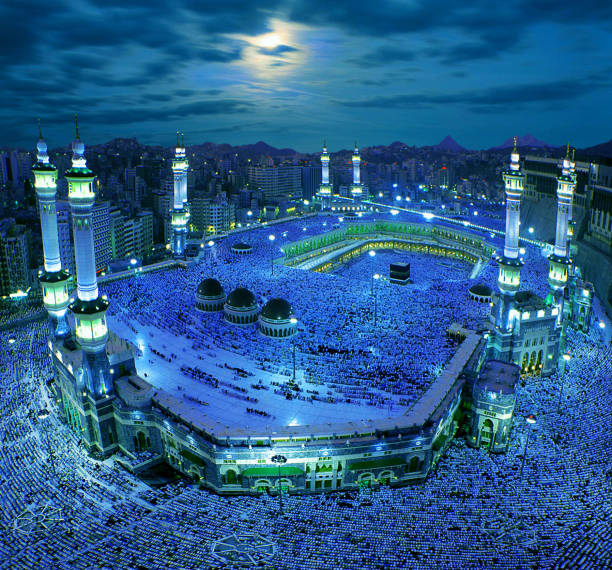
- Rami: Throwing Pebbles at the Jamrat
Throwing pebbles at the Jamrat is a key ritual during Hajj, symbolizing the rejection of Satan. This act commemorates the moment when Prophet Ibrahim (Abraham) rejected the temptation of Satan, who tried to convince him not to obey Allah’s command to sacrifice his son.
On the 10th of Dhu al-Hijjah, pilgrims throw seven pebbles at the largest pillar (representing Satan), and then repeat this action on the 11th and 12th of Dhu al-Hijjah. After each throw, pilgrims make supplications and prayers.
- Sacrificing an Animal (Qurbani)
On the 10th of Dhu al-Hijjah, pilgrims are required to sacrifice an animal. This is done in memory of Prophet Ibrahim (Abraham), who was ready to sacrifice his son Isma’il as an act of obedience to Allah. However, Allah intervened and provided a ram to be sacrificed in place of his son.
The meat from the sacrifice is distributed among the poor and needy, and pilgrims also share the meat among themselves.
- Shaving the Head or Cutting the Hair (Tahalul)
After performing the sacrifice, men shave their heads, while women cut a small portion of their hair. This act, known as Tahalul, marks the end of the restrictions of Ihram and symbolizes spiritual purification. It is a sign of humility and devotion to Allah.
- Tawaf al-Ziyarah: The Final Tawaf Around the Ka’bah
At the end of Hajj, pilgrims perform Tawaf al-Ziyarah, also known as the final Tawaf. This act of Tawaf is a way for pilgrims to affirm their devotion to Allah and strengthen their connection with Him. Pilgrims pray for acceptance of their worship and thank Allah for the opportunity to perform Hajj.
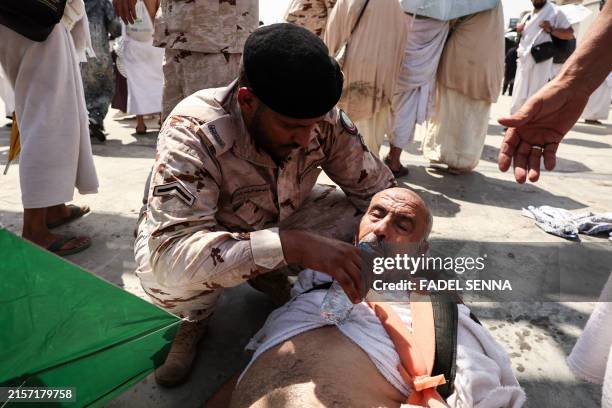
- Tawaf al-Wida: The Farewell Tawaf
After completing all the rituals of Hajj, pilgrims perform the Tawaf al-Wida, also known as the farewell Tawaf. This is the final Tawaf before leaving Makkah, and it is a way of expressing love, respect, and gratitude to Allah for the opportunity to perform Hajj. It is a prayer for Allah’s blessings and protection on their return home.
Conclusion: A Spiritual and Physical Journey
Hajj is not just a religious obligation, but it is also a means for personal spiritual growth. The pilgrim who performs Hajj returns with a renewed understanding of the purpose of life and a strengthened sense of faith.
May Allah accept our worship, purify our hearts, and guide us to live according to His will. Ameen.
Hajj is a unique and magnificent act of worship, which serves as a milestone in the life of every Muslim. It is both a physical and spiritual journey that brings a person closer to Allah and purifies their heart and mind. The purpose of performing Hajj is to seek Allah’s pleasure, repent for past sins, and turn towards righteous deeds.
